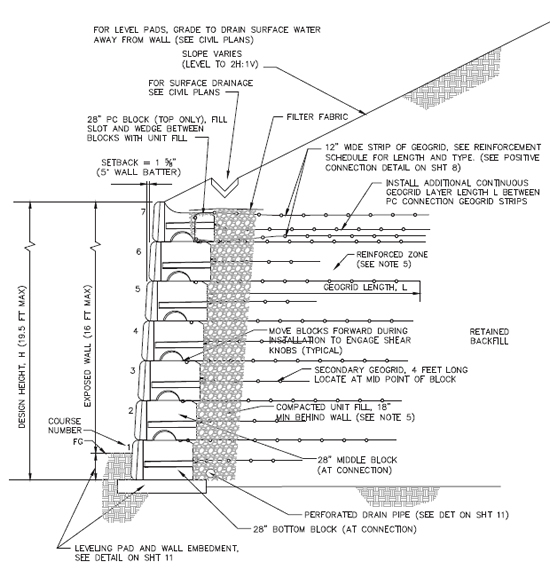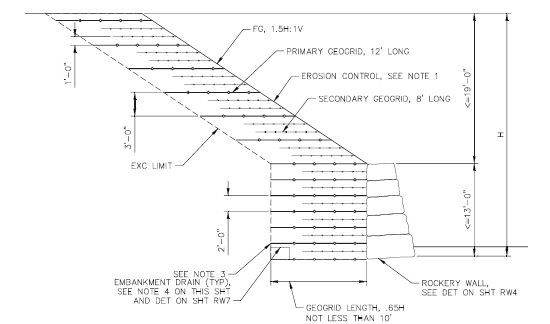

- #Msew 3.0 manual how to#
- #Msew 3.0 manual manual#
- #Msew 3.0 manual professional#
- #Msew 3.0 manual series#


While the owner should have some input as to the minimum design standards, because it affects the initial cost of the structure and influences the performance risk level assumed by the owner, most of the following issues/options should be addressed by MSE designers in performance of their duties. Outlined below are some of the MSE design issues/options that should be addressed in the design phase of an MSE structure. The remaining portion of Part 2 describes the MSE/SRW designer responsibilities and options, along with the author’s discussion of the design process. The site designer’s and geotechnical engineer’s responsibilities were described in Part 2A (February/March 2008, Geosynthetics, Vol. The three main areas / engineering disciplines of the design process can be defined as follows:
#Msew 3.0 manual professional#
By understanding the role, expertise, and standard design practice of each professional involved, the owner is in a better position to accomplish that objective. The owner must be able to distinctly assign specific contractual responsibilities for the overall site design, which includes the MSE wall/slope design. Proper integration of the MSE wall/slope design into the overall site design requires the owner to communicate with, and effectively manage, three overlapping engineering disciplines. Part 3B: Options for building the SRW-continued (August/ September 2008, Geosynthetics, Vol. Part 3A: Options for building the SRW (June/July 2008, Geosynthetics, Vol. Part 2B: Options for designing the SRW-continued (April/ May 2008, Geosynthetics, Vol. Part 2A: Options for designing the SRW (February/March 2008, Geosynthetics, Vol. Part 1: Options for buying the SRW (October/November 2007, Geosynthetics, Vol.
#Msew 3.0 manual series#
This series presents our proactive options for addressing these challenges in ways that can benefit all stakeholders. This scenario is occurring often enough that professional liability insurance companies have begun redflagging professionals practicing in retaining wall design.

Without this discussion before the project, unrealistic expectations and/or poor performance can lead to serious disagreements on whose responsibility it was to ensure a better end result.
#Msew 3.0 manual how to#
The objective is to have similar and reasonable expectations on SRW performance and how to best achieve them. When the landowner/developer is unaware of the options, it benefits both the designer and installer to review these options with the owner/developer to agree on the best approach for the project. The landowners/developers must understand the options and how their decisions on these three key challenges affect the quality, usefulness, and long-term performance of the structure. An owner’s decisions on how to procure, design, and construct SRWs are critical to the overall success of the project, due to the SRW’s importance to the project and, usually, the construction schedule. This quest for usable space has led to taller and longer SRWs, making the structures a more significant engineering, construction, and cost component to these projects. Change-in-grade structures such as SRWs have revolutionized land development strategies for residential, commercial, and industrial sites as every project attempts to maximize the usable land area.


 0 kommentar(er)
0 kommentar(er)
